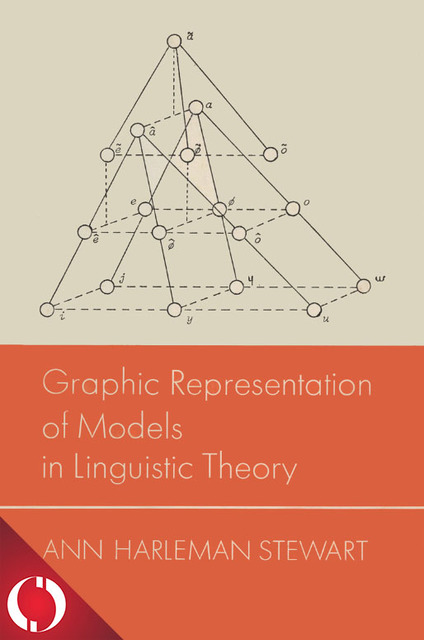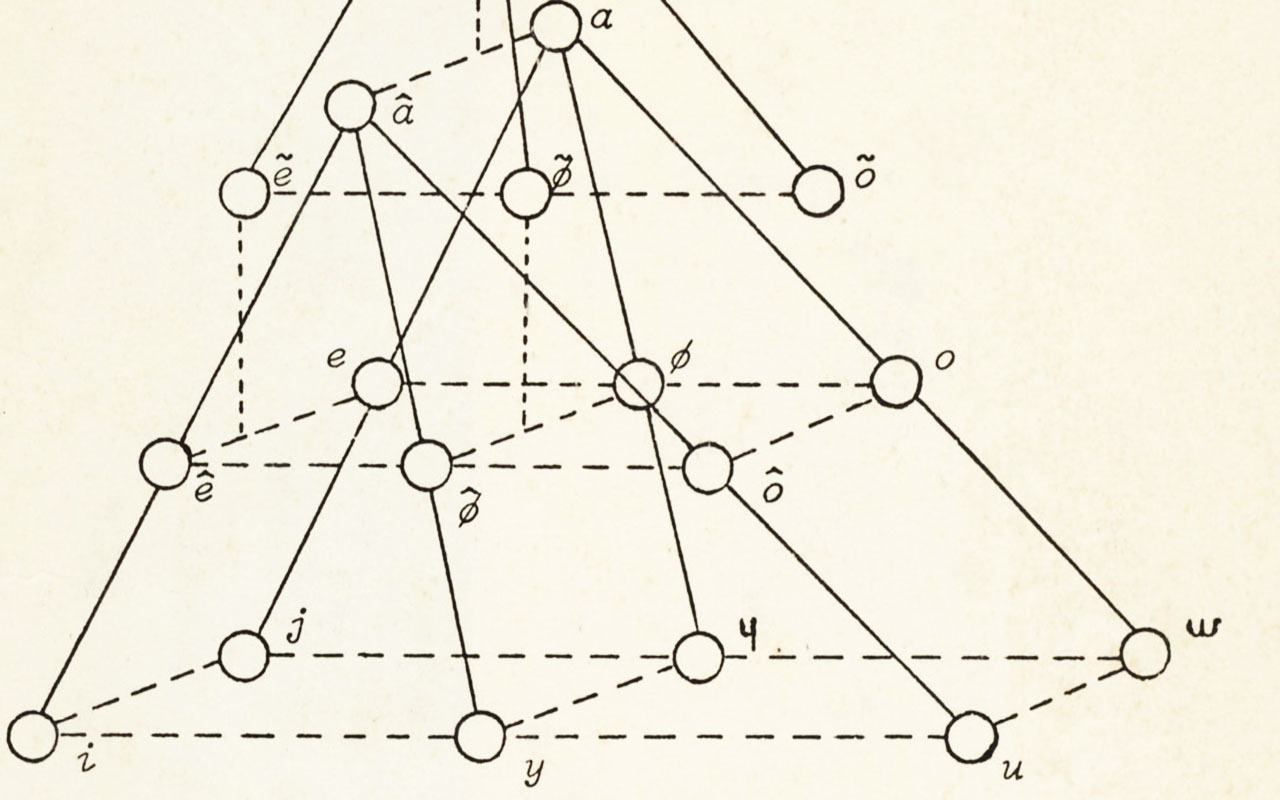Graphic Representation of Models in Linguistic Theory
Approaching linguistic science from the combined viewpoint of the philosophy of science and the theory of graphic design, Graphic Representation of Models in Linguistic Theory offers a radically new treatment of linguistic theory and the history of linguistics. The author analyzes graphic representation, or diagramming, in terms of form and meaning, pro- poses a taxonomy of linguistic models that cuts across other classifications of linguistic theory, and shows that, like models in the biological and physical sciences, graphic representation has performed and continues to perform a heuristic function for the development of theory in linguistics. This view leads to a reinterpretation not only of the place and function of graphic representation in theoretical linguistics today but also of the history of linguistics.
The book suggests new directions for models in linguistics: by making use of the tools furnished by the principles of graphic design, within the context of the principles of the philosophy of science, linguistics can exploit the influence of graphic representation on theory. This is illustrated by two new three-dimensional models for linguistics designed to replace the two principal models now current—the matrix and the tree—both two-dimensional. An analysis of the ways in which new models grow out of old ones and improve upon them demonstrates how graphic representation can furnish linguistics with models and how the design of such models can be improved by applying the principles of graphic design. The view presented here has particular significance for the development of transformational-generative theory.

Table of Contents
Metadata
- isbn978-0-253-05069-4
- publisherIndiana University Press
- publisher placeBloomington, Indiana USA
- restrictionsCC-BY-NC-ND
- rightsCopyright © Trustees of Indiana University
- rights holderIndiana University Press
- rights territoryWorld
- doi
We use cookies to analyze our traffic. Please decide if you are willing to accept cookies from our website. You can change this setting anytime in Privacy Settings.


